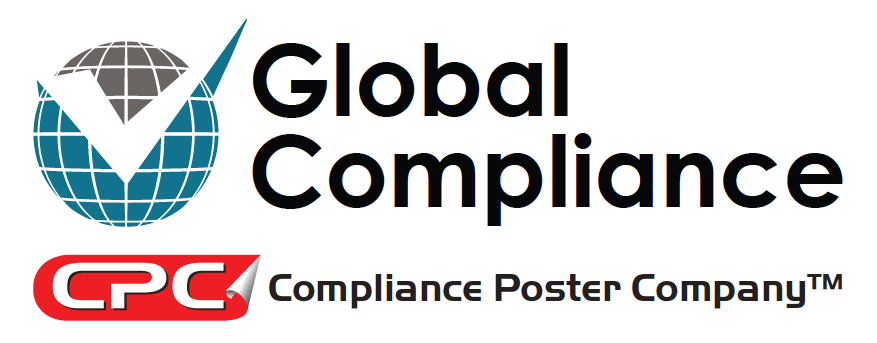 Last month, the federal Occupational Safety and Health Administration announced the relaunch of the OSHA Site-Specific Targeting program, a programmed inspection system aimed at improving the health and safety of workplaces under OSHA’s jurisdiction by targeting enforcement actions on establishments with historically high injury and illness rates. The revamped SST (SST-16) program makes good use of OSHA’s 2016 electronic reporting rule – targeting employers that complied with the rule and those that did not.
Last month, the federal Occupational Safety and Health Administration announced the relaunch of the OSHA Site-Specific Targeting program, a programmed inspection system aimed at improving the health and safety of workplaces under OSHA’s jurisdiction by targeting enforcement actions on establishments with historically high injury and illness rates. The revamped SST (SST-16) program makes good use of OSHA’s 2016 electronic reporting rule – targeting employers that complied with the rule and those that did not.
SST Target Lists
OSHA’s SST program targets certain establishments for unannounced, comprehensive safety inspections. SST inspections are programmed inspections—meaning they are periodic, routine and based on objective criteria. They differ from unprogrammed inspections, which are a direct response to a specific complaint, fatality or other catastrophic incident. The SST program targets both the manufacturing and non-manufacturing sectors for inspection. The SST program does not apply to the construction industry or to workplaces with fewer than twenty employees.
In past years, the SST program used injury and illness data collected from an annual survey of 80,000 employers in high-hazard industries to create inspection targeting lists. However, in 2015 OSHA discontinued the data collection survey and the SST program.
This year, OSHA announced that it was reinstituting the SST inspection program and would be using injury and illness data from employers’ 2016 Form 300A to identify establishments for possible inspection. Data from Form 300A must be electronically reported by employers with 250 or more employees and those with 20 to 249 employees in certain high-hazard industries. The deadline for reporting 2016 data was December 15, 2017. The deadline for reporting 2017 data was July 1, 2018. For each subsequent year, data must be reported by March 2. OSHA will create inspection lists of establishments showing elevated “Days Away, Restricted, or Transferred” (DART) rates on Form 300A.
Non-Responders
This year, OSHA will also be performing inspections of employers that failed to electronically submit Form 300A data by the required deadline. According to OSHA, a little over one-third of establishments required to file electronically did not file (deemed “non-responders”). OSHA is hoping to boost compliance with electronic reporting requirements by including these workplaces on SST inspection lists and issuing citations for failure to electronically file.
State Plans
OSHA requires State Plans to have their own inspection targeting systems and policies that are at least as effective as federal OSHA’s. It means that State-Plan states will be making their own inspection lists based on data electronically reported to the state. States have until December 15, 2018 to notify OSHA whether they will adopt the SST program or establish their own targeting procedures. States then have six months to adopt the program.
What’s Next?
The duration of a typical SST inspection varies from a few hours to a few weeks, depending on the complexity of the inspection and often results in substantial citations. To minimize liability, employers should review and update written safety programs, conduct a recordkeeping audit and perform their own “wall to wall” workplace inspections.

